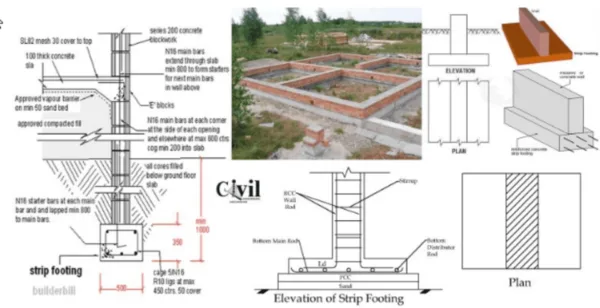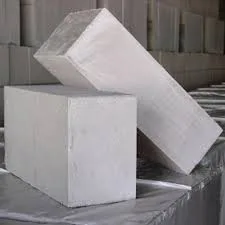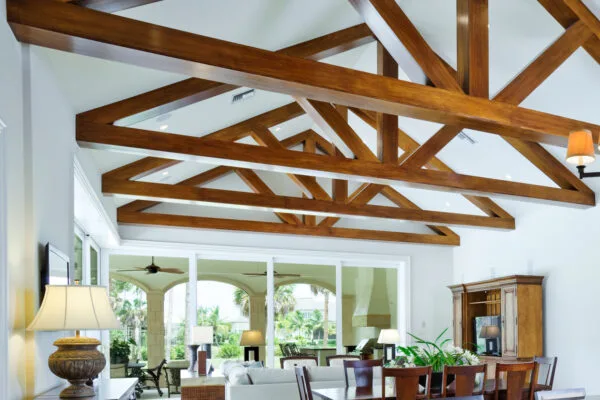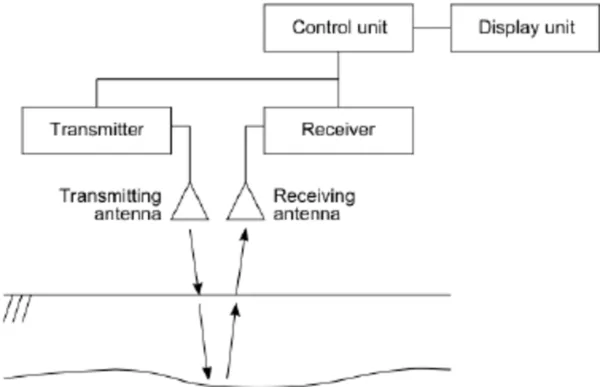A pony wall is a type of short wall built to divide larger spaces into separate rooms or areas while still allowing an open feel.
They are commonly used in home construction and remodeling to create multi-use spaces.
What is a Pony Wall?
It is, also sometimes called a half wall or mid-wall, is a shorter wall that does not extend fully from the floor to the ceiling.
They are typically 4 to 7 feet tall. They can be constructed out of wood or steel framing with finished drywall, paneling, or other facing materials.
Pony wall decals featuring colorful designs and characters are a popular way to decorate these smaller walls, especially in kids’ rooms, nurseries, and playrooms.
Removable vinyl decals allow for customization and repositioning as children grow and tastes change.
Types of Pony Walls
There are two main types defined by their structural purpose:
Load-Bearing Pony Walls
Load-bearing pony walls, as the name suggests, are built to carry loads within a building.
Typically they transfer roof and ceiling loads down through the wall framing into the foundation.
Common examples include:
- Knee walls under attic spaces to support sloped rafters
- Half walls carrying loads down from overhead lofts or upper floors
- Support walls for elevated floor sections over lower split-level rooms
Load-bearing pony walls use standard 2×4 or 2×6 wooden stud construction capable of handling vertical loads.
They may require additional headers, posts, or footings depending on the weight loads.

Non-Load Bearing Pony Walls
They do not carry structural building loads. Instead, they simply divide interior spaces while allowing an open visibility and circulation between rooms.
Typical non-load bearing pony wall applications include:
- Room dividers between a kitchen, dining area, and living room
- Partitions separating a bathroom vanity from the main open bathroom area
- Half walls marking off dens, studies or play areas in an open basement or bonus room
Since non-load bearing don’t support structural loads, they can use simplified 2×2 or 2×3 wood stud framing.
This type is completely adaptable and moveable to rearrange floorplans.
The main purpose defines load-bearing versus non-load bearing systems.
Understanding the structural role guides appropriate construction and placement in room layouts.
Pony Wall Construction Procedure
Building involves steps similar to constructing a regular wall:
- Layout: Mark the floor with chalk lines indicating the wall position.
- Framing: Erect studs secured top and bottom with tracks or plates. Include headers over openings.
- Electrical: Run wiring through the framing if switches, outlets, or lights are needed.
- Plumbing: Install water lines as needed to supply sinks or appliances.
- Insulation: Fill between studs to control sound and temperature transfer.
- Drywall: Apply drywall sheets over the framing using screws.
- Finish: Tape joints, mud, and sand for a seamless surface to paint or apply pony wall borders.
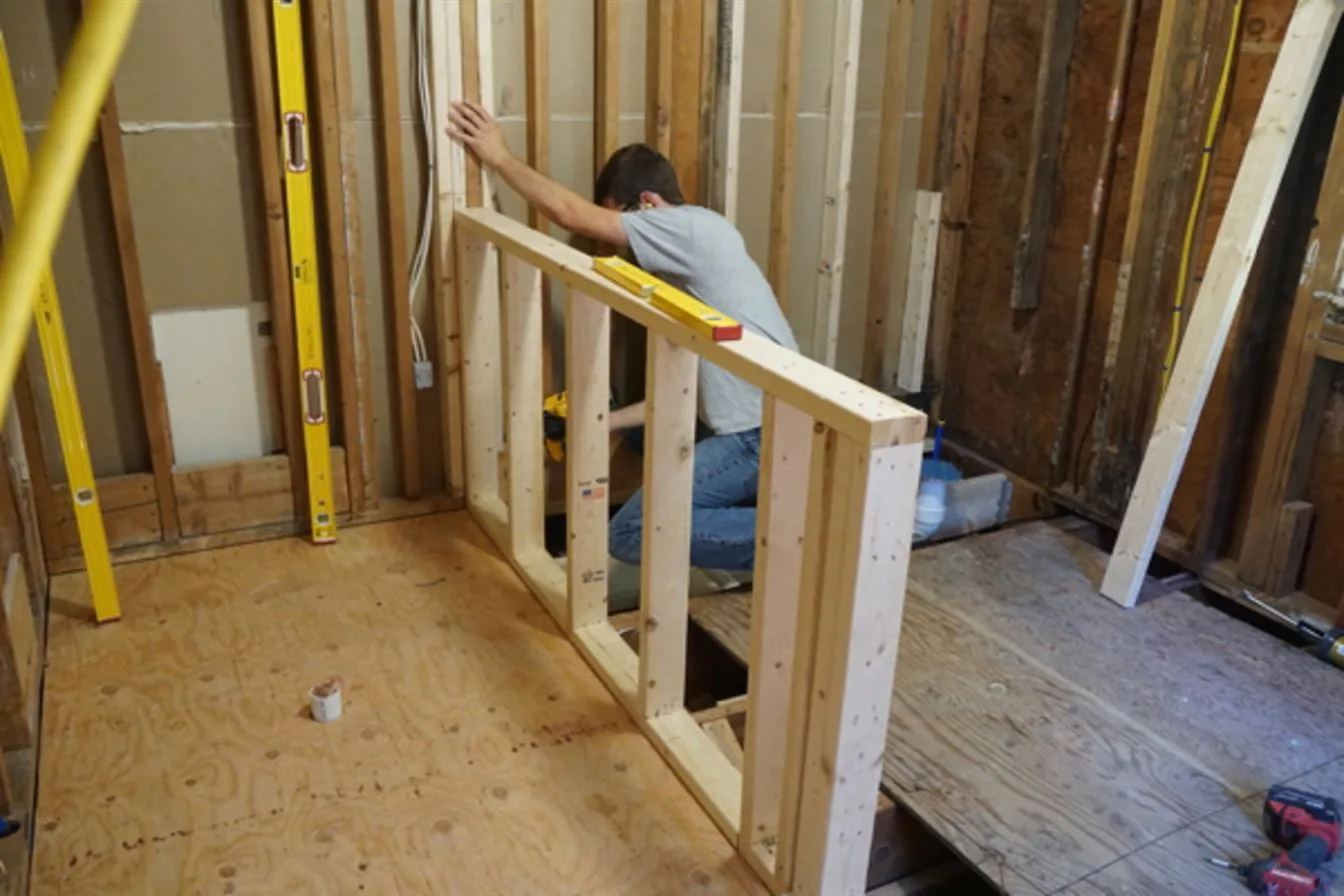
The Pros
There are several advantages that make them a popular choice:
- Open Feel – Allows sightlines and daylight between rooms.
- Flexible Use – Spaces can serve multiple functions.
- Cost Effective – Less expensive than constructing full dividing walls.
- Customizable – Vinyl pony wall decals for girls rooms make great personalized touches.
The Cons
Some disadvantages to consider are:
- Acoustics – They provide less sound insulation between rooms.
- Lack of Privacy – Conversations and noises carry through open spaces.
- Structural Support Limits – Load-bearing capacity relates directly to the height.
Innovative Pony Wall Examples
Creative designs beyond basic room dividers:
- It is with shelving creates extra storage and floor space between living and dining rooms.
- A large pony wall decal makes a focal point in an open playroom and classroom area.
- Display shelves by the entryway neatly store shoes and bags near the door.
Here are some common examples of how they are utilized in interior spaces:
Kitchen
- A 4-foot with open shelving creates extra spice storage between the kitchen and dining room without blocking views or light.
- A pony wall next to the kitchen peninsula includes electrical outlets, cabinets, and the room’s thermostat mounted at accessible height.
Bedroom
- A short accent wall with wallpaper and sconce lighting serves as the headboard behind this guest room bed.
- Wooden display shelves on a bedroom provide a perfect place for books, collectibles, and framed photos by the reading nook.
Bathroom
- The bathroom sink vanity forms, separating sinks from the main bathroom area with a shower and bathtub.
- A half wall beside the toilet creates privacy without cramming a tiny water closet into the available floor space.
Playroom
- It is with a vivid forest mural and animal silhouettes creates a focal accent in this open play area.
- Floating wall-mounted shelves on a playroom keep kids’ games and toys organized.
With creative placement and design, can increase room versatility beyond basic dividing walls. They allow visibility and access between spaces while defining functional zones.
Conclusion
With smart placement and planning, increase function and aesthetic appeal.
Materials like paint, wallpaper, and creative repositionable pony wall graphics transform these mini-walls into stylish focal elements.
Understanding the construction, loads, merits and downsides helps build that maximize usable space.
The tailored height, visibility, and access offered by pony walls make them a popular choice over traditional full-height walls in many residential and commercial spaces.
Their flexibility suits them well to open floorplans suited for both work and family life. With some creative thinking, they can improve room utility.



